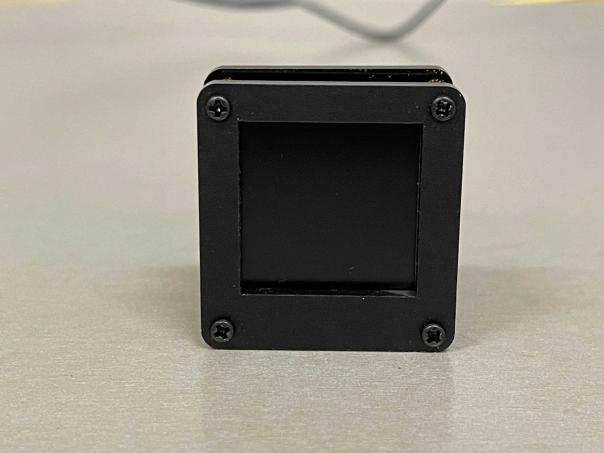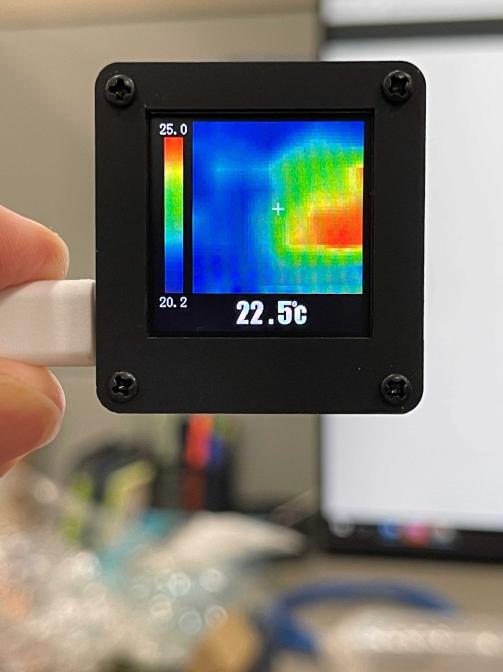- 2023
- Sep
- 28
An infrared camera for about $40
Within the last 10 years, low resolution and correspondingly cheap IR sensors have come on to the market. Ranging in size from 8×8 to 32×32 pixels, these devices have shown up in many projects and purchasable items.
This type of IR sensor isn’t a camera per se, but instead is a grid of temperature sensors that a processor assembles into a visible image. You could just as easily have a grid of temperature readings instead of the visible image.
One such series of sensors is the AMG88xx series from Panasonic, and probably other vendors with less recognizable names. Costing around $20 from various sites, this 8×8 sensor is cheap enough for the hobbyist.
They’re available direct from the Chinese assemblers: https://www.aliexpre … 256804493110749.html
However, for not much more you can get one assembled into a small package with a screen: https://www.aliexpre … 255801147595884.html
(These are not suggested purchase links, but examples of item cost. I’ve used Aliexpress quite a bit over the years, you generally get what the listing shows - just be careful and make sure you’ve selected the correct item, as they tend to have multiple items in the same listing and sometimes you don’t pay attention and get the wrong item.)
I purchased one of the fully assembled units, received it the other day, and gave it a try. I received exactly what was shown in the listing, a camera module, a screen and CPU unit, all assembled into a couple of pieces of plastic sheet.
There’s no battery, so you have to plug it in to a USB or other 5V source via the Micro USB on the side. It comes up immediately with the image.
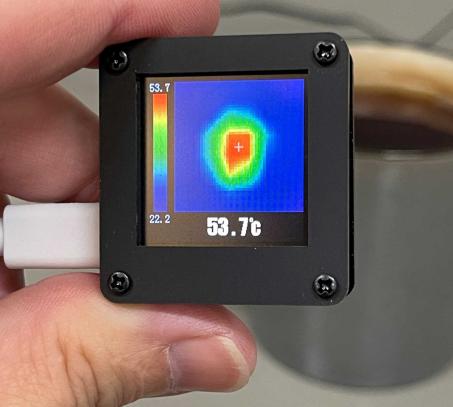
Here’s a hot cup of tea. You can clearly see the hot spot, even if it’s not well defined. The temperature reading is in °C, and there’s no way to change that. Not a big deal.
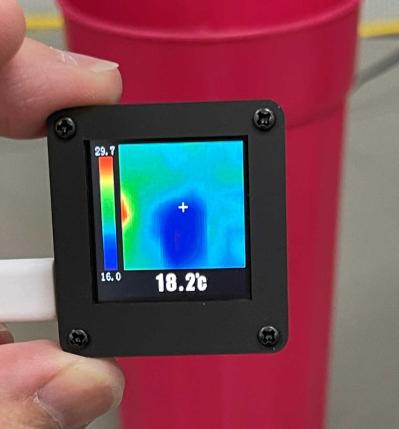
A glass of cold water from the tap.
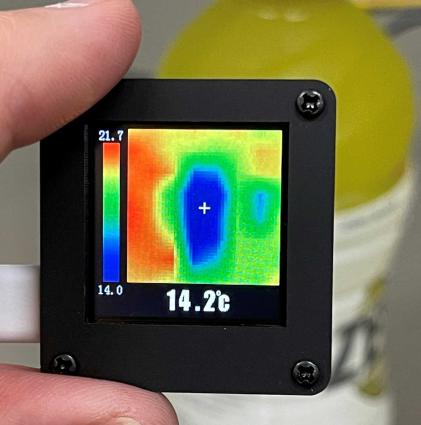
And a cold drink that’s set out for a while.
This, like most devices of it’s kind, auto-scales the temperature colors so the hottest spot, regardless of actual temp, is red. That’s a nice feature and gives you a telltale as to what you’re looking at.
Physically, the device fits in the palm of your hand. There’s no focusing lenses or frills on this device, it’s as basic as you can get and still have an operational device that’s not just exposed circuitry.
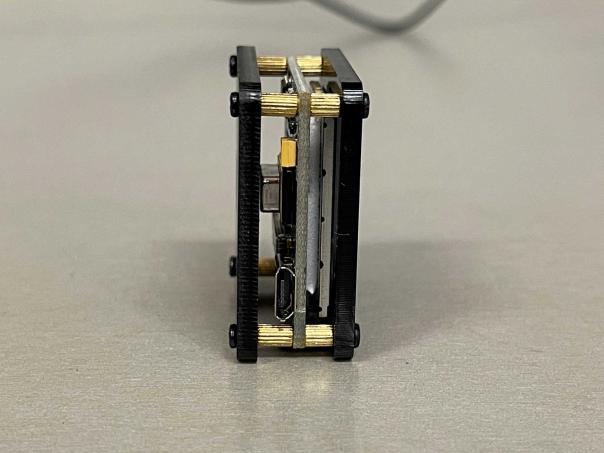
The side, showing the USB port and the open frame construction.
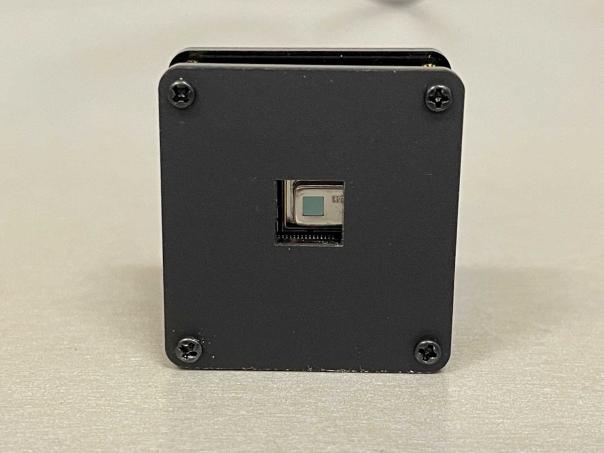
The back of the unit with the business end of the device.
Overall? This is a pretty amazing tool for $40. It’s not going to show you detailed images of something, but it’s just enough that you could spot a hotspot on a board or piece of equipment, helping you pinpoint things for further troubleshooting.
Beyond that? It’s just a cool toy and an amazing piece of tech.
